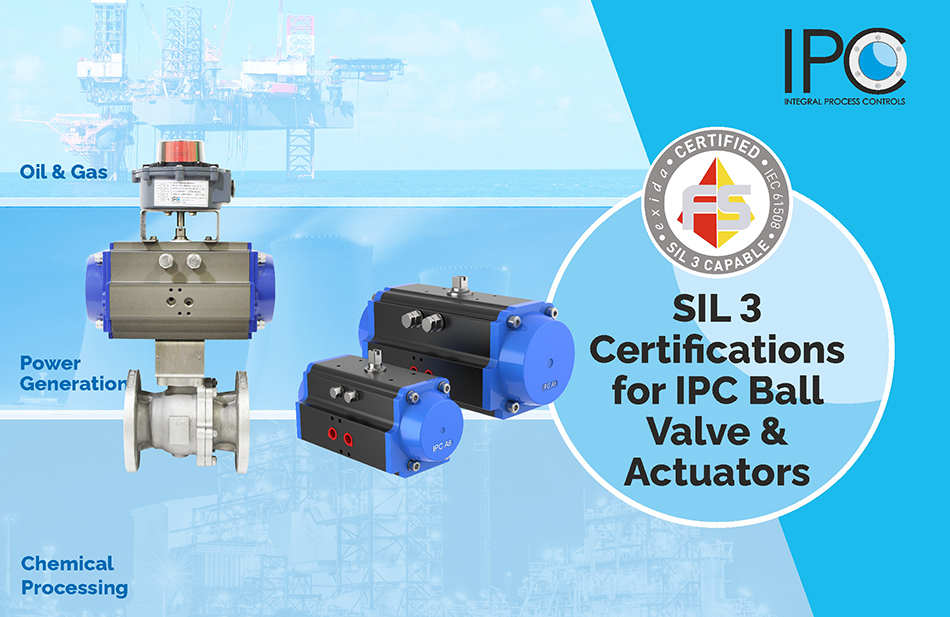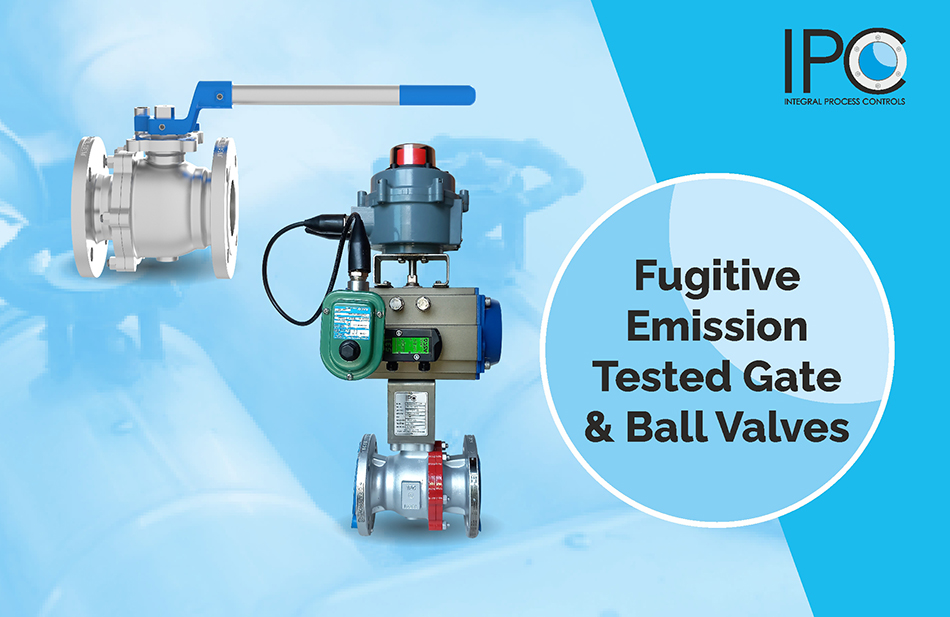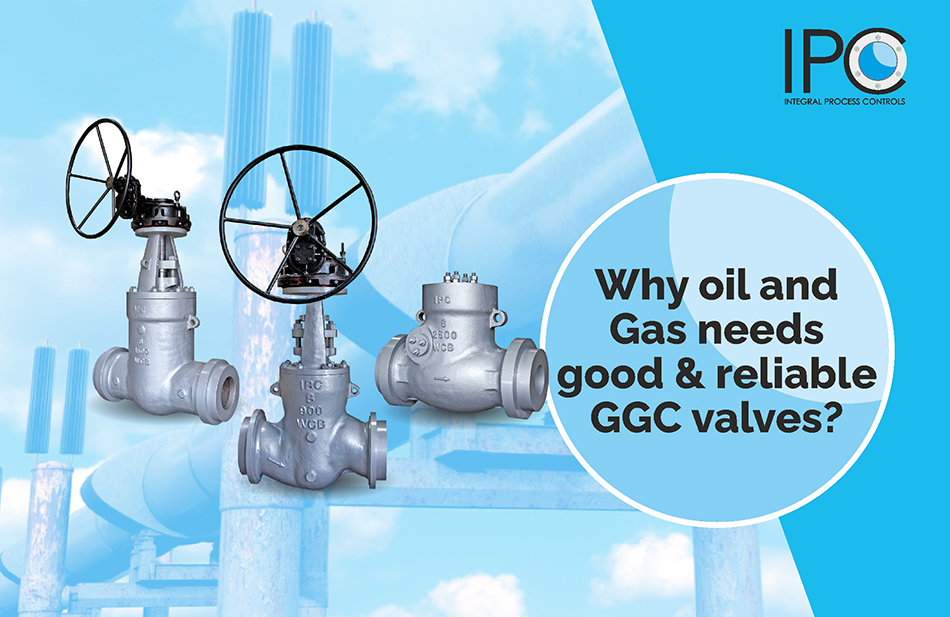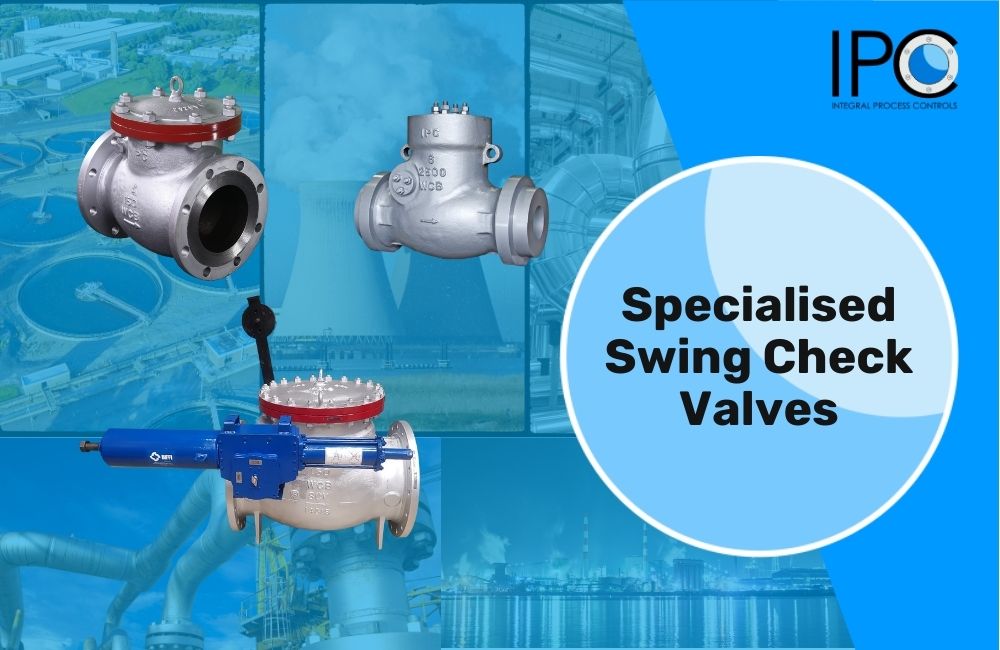Valve Selection
What is the difference between bolted bonnet and pressure seal bonnet valves?
Bolted Bonnet
The body flange and bonnet flange are joined by studs and nuts, with a gasket of suitable design/material inserted between the flange faces to facilitate proper sealing
Pressure seal Bonnet
Bonnet take-up bolts to pull the bonnet up and seal against the pressure seal gasket. This in turn creates a seal between the gasket and the inner diameter of the valve body to facilitate tight sealing or in other words pressure of fluid itself is used to facilitate the sealing.
How is it decided whether a manual or automated valve is to be used?
Decision on which type of valve is suppose to be used totally depends on frequency at valve is required to be operated. If a valve is required to be operated at frequent intervals then it should be considered for operating automatically.
But in cases where frequency of operation is less, then manual operation can be used.
Location of valve is also very important at times, if Valve has very low frequency of operation but it is located at remote place then also automation may be essential.
What is the leakage class of the valve?
Leakage class is a prescribed standard in which a categorization of valves is done on the basis of allowed level of leakages. Generally used standards are Class 4, Class 5 and Class 6.
Class 6 is considered to be highest with bubble tight shutoff.
What information should be provided to a supplier to ensure he understands my requirement?
Providing right information to the supplier is utmost important for him to deliver the right valves, Hence one has to ensure that supplier is provided with correct information. Information should briefly include.
Media that valve is going to regulate
Pressure of media.
Temperature
Size of the Pipeline or valve
For Automated valves, Information pertaining to actuation force is also important.
Electrical supply rating available for the MOV (Motor operated valves)
For Pneumatically operated valves please provide information about lowest workable air pressure available at the site.
What are the benefits of using Gate valves?
- They have good shutoff characteristics.
- They are bidirectional.
- The pressure loss through the valve is minimal.
- Some Gate valves can be used with slurries and viscous liquids
- Simple construction – easy to maintain and disassemble
- Relatively inexpensive
- Available in large sizes
- Can be used for high temperature applications
What types of end connections are used in Gate / Globe / Check valves?
Gate / Globe / Check valves are available with various end connections, like flanged ends, Butt-welded/ socket-welded ends and Screwed ends and can also be provided with customized ends. These valves are available with extended pup-pieces as well.
What are the benefits of using Globe Valves?
- Precise throttling can be achieved
- Simple construction – easy to maintain and disassemble
- Can be used in high pressure applications
What are the benefits of using Swing Check Valves?
- Protect equipment like pumps, compressors, etc from damage caused by backflow/reverse flow
- Low pressure drop increases energy savings
- Very effective in preventing water hammer
- Eliminate chatter and reduces the possibility of sudden valve failure
- Lower maintenance costs; have fewer moving parts
- Flexibility to cope with variable flow conditions
Can I use Gate / Globe / Check valves in high temperature?
Yes. Gate / Globe / Check valves can be used in high temperature as these valves are generally metal seated.
Do Gate / Globe / Check valves have fire safe design?
Since Gate / Globe / Check valves are metal seated, they are inherently fire safe.
Are Gate / Globe / Check valves installed vertically or horizontally?
Gate / Globe / Check valves can be used vertically or horizontally. However, in case of Globe and Check valve, direction of the flow of the media is very crucial.
At a glance
Why oil and Gas needs good & reliable GGC valves?
Keeping the flow
What are Swing Check Valves?
Understanding Swing Check







